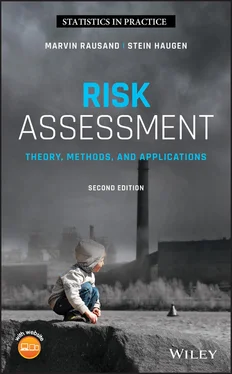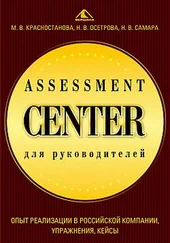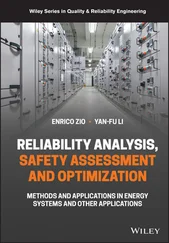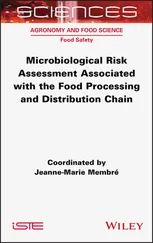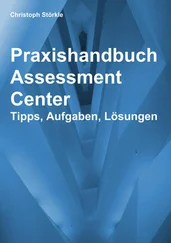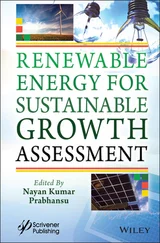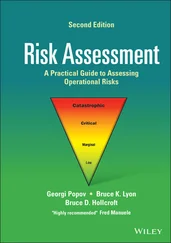1 Cover
2 Dedication Dedication To Hella, Guro and Idunn, Emil and Tiril To Jorunn, Trine, Ingrid, Kristian and Brage, Nora and Alma
3 Preface Preface This book gives a comprehensive introduction to risk analysis and risk assessment, with focus on the theory and the main methods for such analyses. The objects studied are technical or sociotechnical systems, and we delimit our attention to potential, sudden, and major accidents. Day‐to‐day safety problems and negative health effects due to long‐term exposure are outside the scope of the book. Topics, such as financial risk are also outside the scope. More detailed objectives and delimitations of the book are supplied at the end of Chapter 1 .
What is Changed From the First Edition? What is Changed From the First Edition? This second edition is a major update of the first edition (Rausand 2011). Almost all sections have been reorganized and rewritten. The most significant changes include: Chapters 1 and 2 are totally rewritten and many definitions have been rephrased. Material related to the risk assessment process is merged into a new Chapter 3 . Aspects related to the study object and its delimitation are presented in a new Chapter 4 . The section on Petri nets is removed. The STAMP accident model and the STPA method are covered in a new section. Additional new chapters cover:– Risk analysis and management in operation– Security assessment– Life cycle use of risk analysis Exercise problems are provided at the end of all relevant chapters. The glossary of terms has been removed. Instead, definitions are highlighted in the subject index. An author index has been added.
Supplementary Information on the Internet Supplementary Information on the Internet An immense amount of relevant information is today available on the Internet, and many of the aspects discussed in this book may be found as books, reports, notes, tutorials, or slides. The quality of this information is varying and ranging from very high to very low, the terminology is often not consistent, and it may sometimes be a challenge to read some of these Internet resources. After having read this book, we hope it will be easier to search for supplementary information, to understand this information, and to judge its quality.
Intended Audience Intended Audience The book is written primarily for engineers and engineering students, and most of the examples and applications are related to technology and technical systems. Still, we believe that other readers may also find the book useful. There are two groups that are our primary audience: The book was originally written as a textbook for university courses in risk analysis and risk assessment at NTNU. This second edition is based on experience gained from use of the first edition, at NTNU and other universities. The book is in addition intended to be a guide for practical risk assessments. The various methods are therefore described sufficiently such that you should be able to use the method after having read the description. Each method is described according to the same structure. The method descriptions are, as far as possible, self‐contained, and it should therefore not be necessary to read the entire book to apply the individual methods. Readers should have a basic course in probability theory. A brief introduction to probability theory is provided in Appendix A. The reader should refer to this appendix to get an understanding of what knowledge is expected.
Selection of Methods Selection of Methods A wide range of theories and methods have been developed for risk analysis. All these cannot be covered in an introductory text. The objective of the book is not to show how knowledgeable the authors are, but to present theory, methods, and knowledge that will be useful for you as a risk analyst. When selecting material to cover, we focus on methods that: Are commonly used in industry or in other application areas Give the analyst insight and increases her understanding of the system (such that system weaknesses can be identified at an early stage of the analysis) Provide the analyst with genuine insight into system behavior Can be used for hand‐calculation (at least for small systems) Can be explained rather easily to, and understood by non‐risk specialists and managers. Both authors have been engaged in applications related to the offshore oil and gas industry, and many examples therefore come from this industry. The methods described and many of the examples are equally suitable for other industries and application areas.
Reference Reference 1 Rausand, M. (2011). Risk Assessment: Theory, Methods, and Applications. Hoboken, NJ: Wiley.
4 Acknowledgments Acknowledgments In the preface of the book “The Importance of Living” (William Morrow, New York, 1937), Lin Yutang writes: “I must therefore conclude by saying as usual that the merits of this book, if any, are largely due to the helpful suggestions of my collaborators, while for the inaccuracies, deficiencies and immaturities of judgment, I alone am responsible.” If we add colleagues and references to the word collaborators , this statement applies equally well for the current book. Rather than mentioning anyone specifically, with the obvious risk that someone we would have liked to mention are forgotten, we acknowledge all the input we have received over the years that we have worked in this field. The second author would like to thank Alma Mater Studiorium Università di Bologna for giving him the opportunity to spend eight months at the university while working on this book. A special thanks to Professor Valerio Cozzani for organizing the visit. We also acknowledge the editorial and production staff at John Wiley & Sons for their careful, effective, and professional work. In particular, we would like to mention our main contacts in the final stages of preparing the book, Kathleen Santoloci, Benjamin Elisha, and Viniprammia Premkumar. Several definitions used in this book are from the International electrotechnical vocabulary (IEV) http://www.electropedia.org . We appreciate the initiative of the International Electrotechnical Commission (IEC) to make this vocabulary freely available. References to the vocabulary are given in the text as IEV xxx‐yy‐zz, where xxx‐yy‐zz is the number of the definition in the IEV. Definitions 3.1, 3.2, and 3.3 as well as a modified version of Figure 4 from ISO 31000:2009, definition 3.6.1.3 from ISO Guide 73 and definition 3.5 from NS 5814 have all been reproduced under license from Standard Online AS June 2019. ©All right reserved. Standard Online makes no guarantees or warranties as to the correctness of the reproduction. Several references are given to publications by the UK Health and Safety Executive (HSE). This is public sector information published by the HSE and licensed under the Open Government License v.1.0. During the writing of the book, we have read many books, scientific articles, standards, technical reports, guidelines, and notes related to risk assessment. We have tried to process, combine, and reformulate the information obtained, and we have tried to give proper references. If we unconsciously copied sentences without giving proper reference, it has not been our intention, and we apologize if so has happened.
5 About the Companion Site About the Companion Site Risk Assessment: Theory, Methods, and Applications is accompanied by a companion website: www.wiley.com/go/riskassessment2e The website includes the following materials for students and other readers: A supplementary report (in PDF format) covering:– Listings of relevant scientific journals, conferences, societies, organizations issuing standards, software providers, and universities providing education programs in risk assessment.– Listing of important major accidents that have occurred after the book was published.– Suggestions to further reading (mainly with URLs) for each chapter.– Comments and extensions to the material provided in the various chapters.– Other material. Slides to each chapter of the book in PDF format Errata – Lists misprints (when they are revealed) and possible errors in the book. The website includes the following materials for instructors: Solutions to the end-of-chapter problems in the book. Additional problems with solutions. Guidance to planning a course in risk assessment; lecture plans, suggested problems, etc. The companion site will be updated from time to time, so please check the version numbers.
Читать дальше
